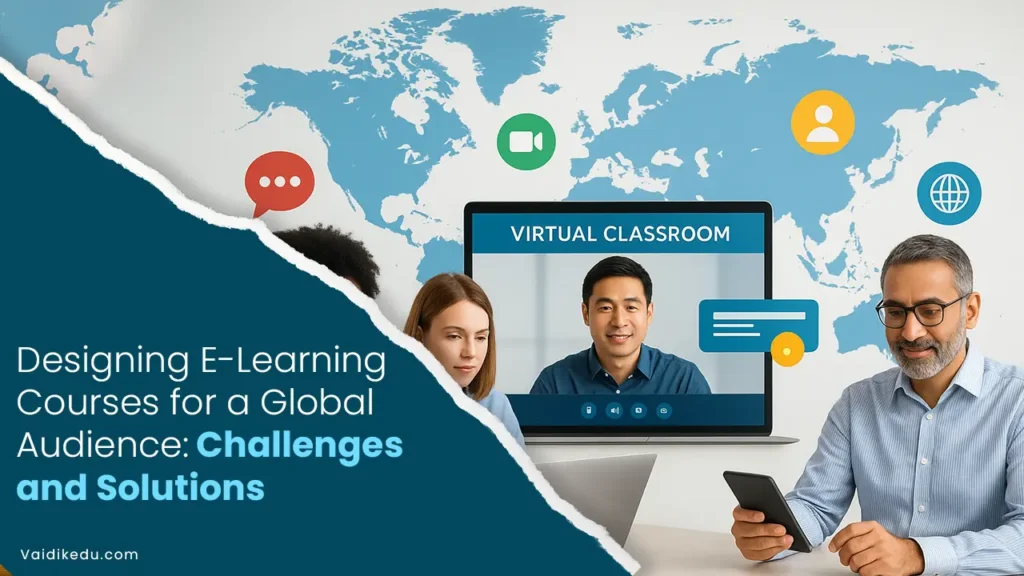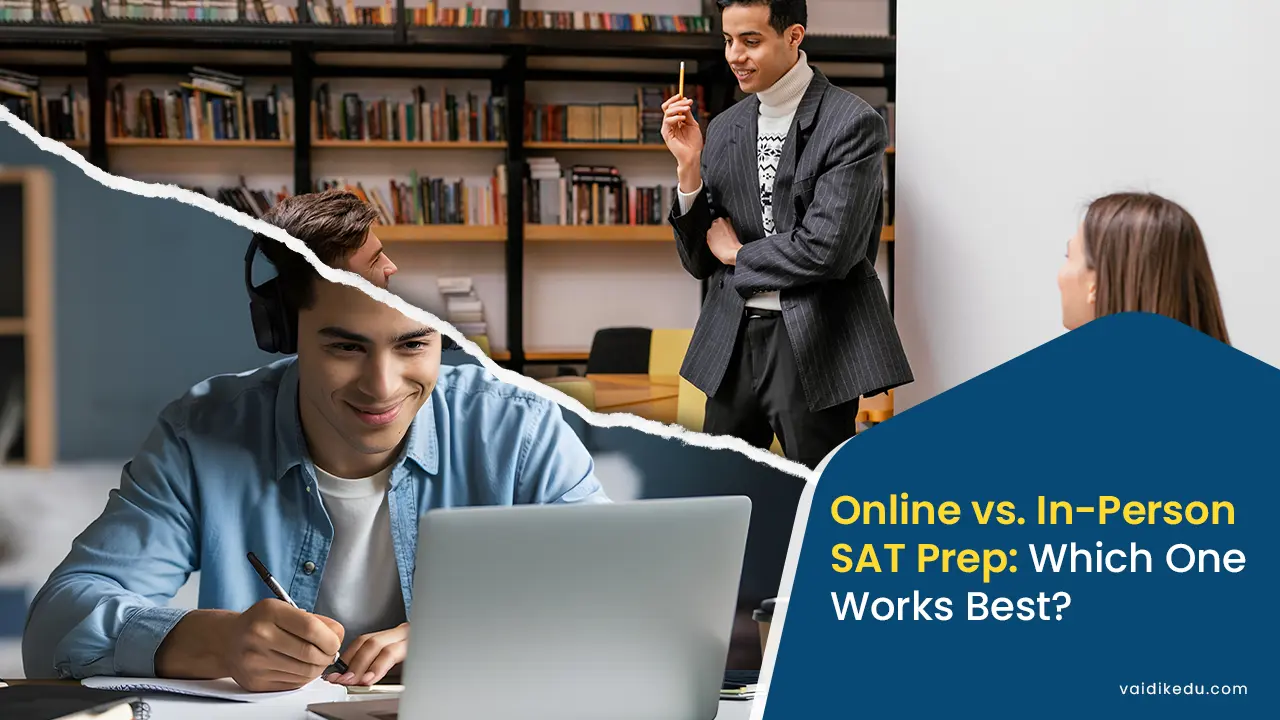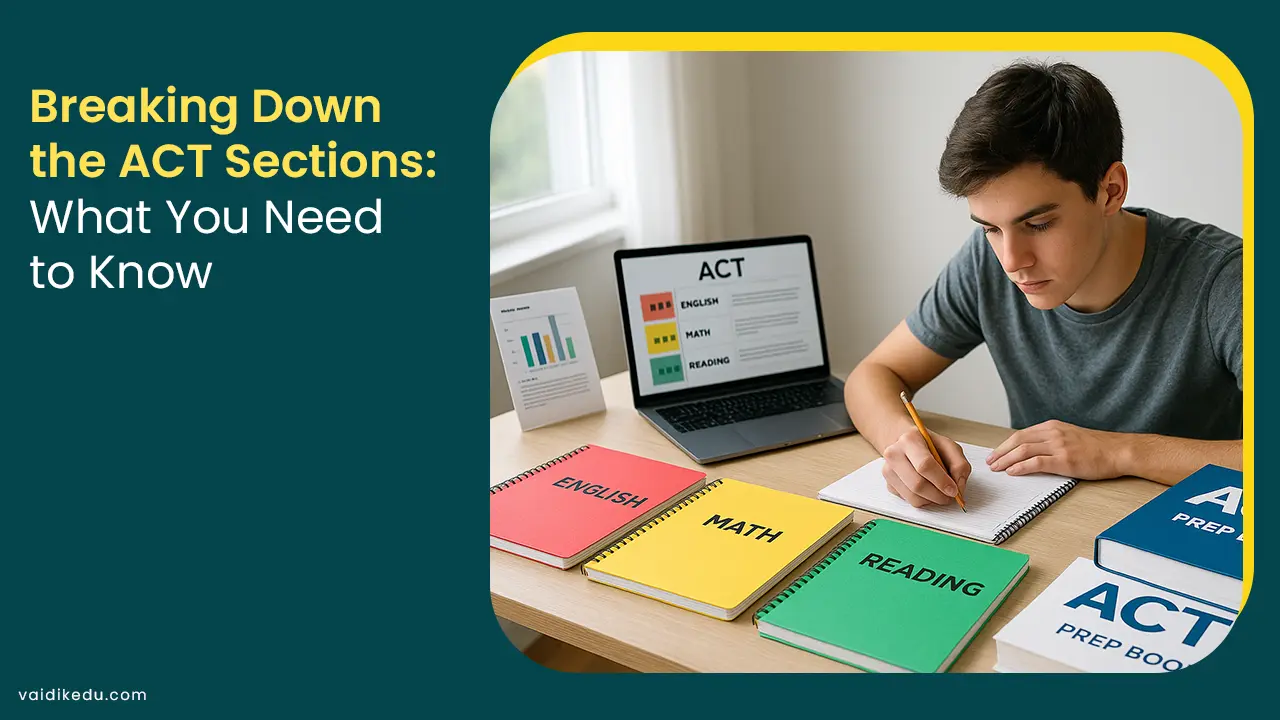The digital age has altered education, creating the possibility to develop e-learning courses and reach a wider audience. However, designing these courses is challenging as learners come with diverse cultural, linguistic, and technological backgrounds. An effective course for a global audience must pay attention to diversity in learning styles, accessibility, and cultural preferences.
This blog discusses the major challenges e-content developers face in designing e-learning for a global audience and provides practical solutions to ensure inclusivity, engagement, and success.
Key Challenges in Designing E-Learning For A Global Audience
- Cultural Difference
Cultural diversity also means that the student will understand things differently; some content, images, or patterns of communication that work in one culture will either confuse or even offend another. For example, different colors or hand gestures have different meanings to different people in different cultures.
- Language Barriers
Language is one of the biggest dilemmas of e-learning worldwide. Classes taught in one language usually fail to capture non-native students. Also, non-native students struggle to understand jargon, idioms, and other colloquial expressions.
- Learning Style
Learning styles vary in cultures. Some learn individually or by analyzing critically, while others have their learning abilities enhanced when learning in groups or when using step-by-step training. A cookie-cutter approach will not accommodate this diversity.
- Technological Differences
Most of the learners have little access to technology. The internet speed, client compatibility, and software vary greatly and limit that learner’s access in underdeveloped regions.
- Time Zones
Since global learners fall in different time zones, it’s difficult to schedule live sessions or maintain real-time interaction.
- Accessibility And Inclusion
Accessible global courses should be accessible to the disabled while still following accessibility standards such as WCAG, and Web Content Accessibility Guidelines.
Design Solutions For Effective Global E-learning Courses
- Adopt A Culturally Neutral Design
Use universal images and avoid symbols or images that may not make sense in some cultures. Use examples and scenarios applicable across cultures or adapt to the regions. (Note that color psychology differs across cultures.)
White can symbolize purity in one culture and mourning in another.
- Develop Multilingual Support
Course material in more than one language, or have subtitles and translations.
Use plain, simple language, and it would be understood much better by non-native speakers.
Avoid idioms and complicated jargon and make use of local translators or linguistics experts so that no mistake happens and the whole process does not go culturally astray.
- Create Flexible Learning Models
Design courses that are both synchronous and asynchronous.
Add recorded sessions, discussion forums, and resource libraries to help learners across different time zones.
- Variety in Learning Style Design
Apply a mix of instructional methods including videos, infographics, text-based content, and interactive exercises.
Use of gamification and story-telling to create a multipurpose learning engagement.
Learner analysis and identification of specific needs for the customized content.
- Technological Suitability
Use courses optimized for smartphones, tablets, and low-spec computers.
Lightweight versions of e-learning modules for low-bandwidth internet areas.
Use an LMS that can access resources offline and those downloaded.
- Implement Accessibility Standards
Courses should be conformant to WCAG to assist the disabled.
Provide alt text on images, video captions, and audio material transcripts.
Test for compatibility with screen readers and other assistive technology.
- Utilize Localization And Regionalization
Localize content to better capture cultural flavor like currencies, units of measure, and references to law.
Regionalize courses by creating modules that align with the target segment of people, making them relevant and relatable to them.
- Engage Global Communities
Leverage peer-to-peer learning through discussion forums and collaborative activities
Use social learning tools for learner connections across regions with varied perspectives
Train facilitators on a global audience with cultural sensitivity best practices
Best Practices For E-Learning Course Development
- Conduct Audience Analysis: Understand your target audience’s demographics, cultural backgrounds, language proficiency, and technological access before designing the course.
- Pilot Testing: Test the course with a diverse group of learners to identify potential challenges and areas for improvement.
- Iterative Design: Continuously update and refine the course based on learner feedback and technological advancements.
- Focus on Simplicity: Keep navigation intuitive and content concise to cater to a wide range of learners.
Benefits of Proper Global E-Learning Design
1. Higher Learner Engagement
Inclusive and culturally sensitive content keeps learners engaged and motivated to complete courses.
2. Wider Reach
E-learning courses designed for global audiences attract a diverse learner base, expanding the reach and impact of educational programs.
3. Better Learning Outcomes
Tailored content and flexible learning methods ensure better comprehension, retention, and application of knowledge.
4. Cost-Effectiveness
A well-designed global course reduces the requirement for region-specific training, thereby saving time and resources.
5. Fosters Global Interoperability
E-learning develops cross-cultural awareness and interoperability, thus readying learners for an interconnected world.
Leveraging Advanced Technologies For Customization
Leveraging advanced technologies such as artificial intelligence and machine learning is the most effective approach toward accommodating global diversity in e-learning.
Both allow developers to create a framework for an adaptive learning environment, which is suited to individual learning needs and preferences.
This enables a learner from one linguistic background to access content without losing its favor due to its translation in the native language using AI-powered tools, such as DeepL and Google Translate, incorporated into e-learning platforms.
Personalized Learning Paths: The machine learning algorithms can analyze the behavior, progress, and performance of learners to provide personalized content recommendations.
For instance, if a learner is weak on a particular topic, the system can suggest more resources or activities to help the learner understand the topic better.
Through these tools, e-learning courses can give lively and interactive experiences to an audience worldwide while at the same time letting the content remain alive through cultural and language barriers.
Developing International Co-Operation using Interactive Features
Interaction is the cornerstone of the entire concept of e-learning especially taking into account its global user perspective. It engenders participation and makes a community thus removing cultural boundaries as well.
Group Projects and Peer Learning: Tasks that require a student’s contribution from different parts of the globe help develop teamwork skills and also provide opportunities for intercultural understanding. For example, students may engage in case studies that attempt to solve universal problems, such as climate change and economic development.
- Live Polls And Q&A Sessions: Live polls, quizzes, and real-time Q&A sessions increase engagement and ensure active participation. These features also provide instructors with insight into the learners’ understanding of the material.
- Facilitated Discussions: Trained facilitators or moderators can guide discussions in forums or live sessions, ensuring that all participants feel included and respected, regardless of cultural background.
These features enrich the learning experience and equip learners for collaborative roles in a globalized world.
Reduction of Technological Disparities
Technological inequality is one of the giant challenges in designing e-learning for a global audience. Learners can have varying degrees of access to devices, internet connectivity, and different levels of digital literacy. To address such inequalities, course developers can make courses that:
- Low Bandwidth Optimization: The use of lightweight graphics, compressed video, and alternate text-based materials could enable better learning for those having a less accessible internet package.
- Mobile Friendliness: Considering that learners make up the majority of the world’s population in terms of access and portability to relatively portable phones, courses will require optimization for mobile use with layouts that scale down, a touch-friendly interface, and, above all, download content.
- Offline Accessibility: Provide downloadable content, such as lecture recordings, eBooks, and quizzes. This way, learners can access materials without disruptions due to connectivity issues.
With these disparities in mind, e-learning platforms can create inclusive environments that reach learners regardless of their technological circumstances.
Implementing Feedback Mechanisms
Regular feedback is required to improve an e-learning course for a global audience. It helps identify problems, refine the content, and enhance overall effectiveness through listening to learner experiences.
- Surveys And Feedback Forms: Apply post-course surveys to get ideas on how the materials are relevant to the culture, and technological problems, and whether the materials make sense.
- Data analysis: Use analytics to monitor learner engagement, completion rates, and problem areas. For example, when tracking time spent on a specific module, it could indicate if the content is too complex or inadequate.
- Global Test Groups: Pilot courses with learners from different regions before full implementation. Their feedback can reveal cultural nuances or accessibility issues that might have been overlooked.
This will help the developers to make sure that the courses developed are inclusive and fulfill the varied needs of learners around the world.
Conclusion
E-learning course design for global learners involves planning, cultural sensitivity, and flexibility. Such barriers as cultural differences, language, and technology disparities can be mitigated by the developers of e-content to develop learning experiences that are inclusive, engaging, and effective.
Some of the solutions include multilingual support, culture-neutral designs, and accessibility standards to ensure that learners from all walks of life are treated alike.
E-learning can bring global learners together toward an unprecedented level of knowledge sharing and collaboration as education evolves to transcend borders.
Frequently Asked Questions
Challenges include cultural differences, language barriers, technological disparities, different learning styles, and accessibility and inclusivity.
It localizes the content, making it relevant and comprehensible to learners within a given region, which enhances interest and understanding.
Some of the commonly used ones include Adobe Captivate, Articulate Storyline, Canva, and LMS based on Moodle and Blackboard, among others, for content development and deployment.
Courses can be designed to follow accessibility standards like WCAG, for example, through features such as adding alt text to images, captioning and transcripts, and assistive technologies support.









